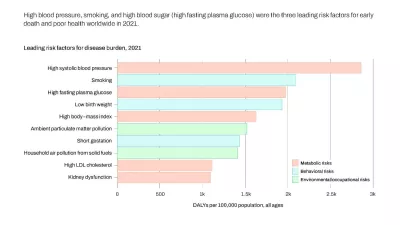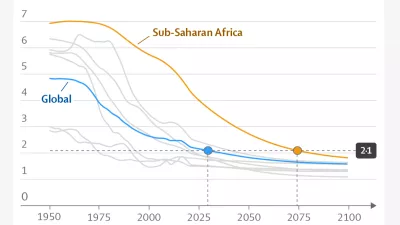Global Burden of Disease (GBD)
The GBD study is the largest and most comprehensive effort to quantify health loss across places and over time, so health systems can be improved and disparities eliminated.
Key findings from GBD 2021
Our most recent GBD estimates were released in 2024, incorporating data through 2021. These findings provide new insights on the seismic shift in health trends due to the COVID-19 pandemic.
Figure 1: Life expectancy declined in 84% of countries and territories during the COVID-19 pandemic.
Between 1950 and 2021, global life expectancy increased by almost 23 years from 49 to 71.7 years. But it declined by 1.6 years between 2019 and 2021.
Finding 2: By 2100, fertility rates will not be high enough to sustain population growth over time in 97% of countries and territories.
Researchers anticipate a massive shifting of births from high-income countries to low-income countries. Unless countries facilitate ethical immigration, populations are expected to contract in areas where fertility is below 2.1 children per person who could give birth.






